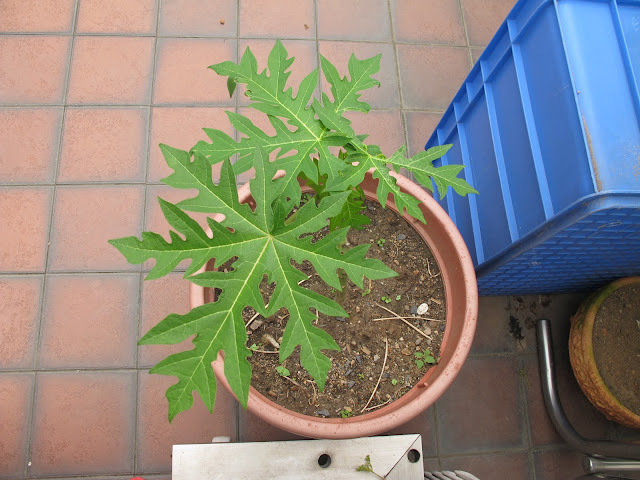
I had almost quit blog writing after I gave birth to my son. Caring for a newborn leaves you feeling guilty doing anything else. In the chaos of new parenthood with small tasks that never end, food blogging—from finding angles for photos to jotting down details of a recipe—gives me a sense of accomplishment when I can see through the birth of a post til the end. It takes me back to my pre-motherhood self.
Yet, cooking itself could be a mess when you have a restless child, especially they cry when your hands are drenched in some gooey mixture of butter, egg, and flour. That said, the stress is actually pretty short-lived when you can literally smell the finished product in your head.
This is why I choose to make the cocktail bun, a buttery and coconuty brioche roll with an aroma so desirable that all those kneading and shaping are well worth the efforts. The freshly baked cocktail buns smell heavenly: you can literally single out the coconut in the air. Next come the golden crust and a little bit of sesame garnish that visually complement the buns. Last but not least, you are ultimately swept away by the soft and fluffy crumb that wraps around a velvety and hearty coconut filling.
 |
| Sweet Heart Cake Shop is a bakery I always frequented back in Hong Kong |
My husband loves these buns. They have even become our late night nostalgia snacks, something to munch on after a busy day with our baby. It takes us to our remembered pleasure, a pre-parenthood youth and innocence that pressured new parents hunger for.
Cocktail bun
recipe adapted from SandyWanCooks makes about 10 buns
Dough:
2 1/4 cups bread flour
1/4 cup sugar
1 tablespoon milk
1 tsp yeast
5 oz luke-warm water
1 large egg
2 tbsp butter
Filling:
1/2 cup or 1 stick butter
1/3 cup flour
1/4 cup sugar
1/4 cup coconut flakes
1 egg for egg wash
sesame seeds for garnish
Dissolve yeast in luke-warm water. Mix the ingredients for the dough. It's okay if you find the dough sticky; it is supposed to be that way, just like a brioche dough. The more you knead, the more elastic and less sticky the dough turns out, and the happier you'll be with your hands free of sticky bits that are hard to get rid of. So knead the dough until it windowpanes, about 10 minutes. The resulting bread will be flaky and airy. Set the dough in an oiled bowl and cover with a plastic wrap. Let rise until it's doubled in size, about 1 hour. (Tips: I'd clean the work surface now for the mess coming up.)
Punch the risen dough. Shape the dough into 10 tiny balls. Let rise for about 20 minutes. While waiting, mix the ingredients of filling and divide it into 10 equal parts.
Pat the tiny balls with your heel of the palm and put the filling in. Let rise again until it's doubled in size. The second rise is crucial in helping build the structure of the bread.
Preheat the oven to 375°F 20 minutes before baking. Beat an egg for egg wash. Apply it in three strokes. Sprinkle sesame seeds for garnish. Bake for 13-15 minutes or until golden brown.









